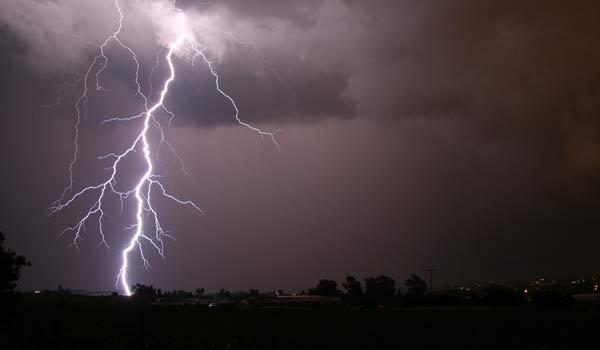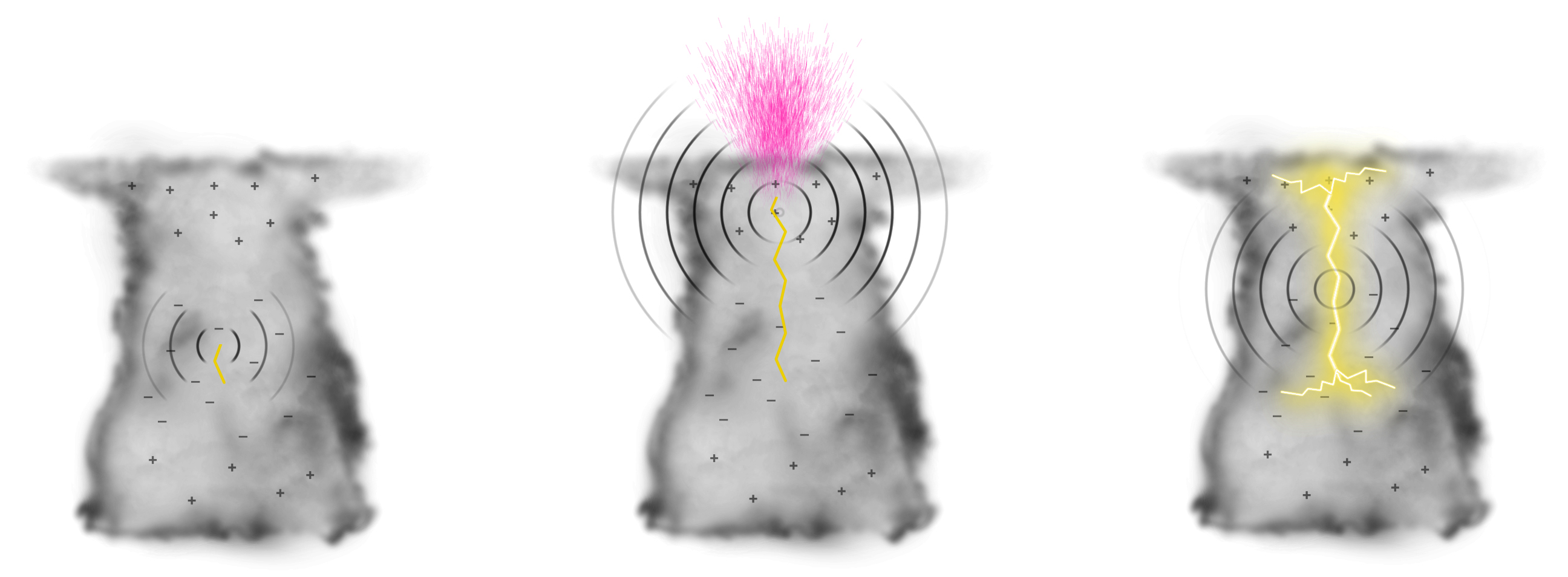
Dark Lightning Linked to its Luminous Twin

Paging all comic book creators. For the first time, scientists have linked mysterious dark lightning to its dazzling visible counterpart, a new study reports.
Dark lightning, also called terrestrial gamma-ray flashes, is a burst of powerful gamma-ray radiation produced in thunderstorms. Two satellites caught a flash of dark lightning just before a lightning bolt raced across a powerful thundercloud in Venezuela in 2006, according to a study published April 15 in the journal Geophysical Research Letters.
Scientists reanalyzed the satellite data with a new processing technique and discovered the one-two punch, which was previously overlooked, lead study author Nikolai Østgaard, a space scientist at the University of Bergen in Norway, said in a statement.
Scientists are trying to track dark lightning to better understand the phenomenon, which was discovered in 1991. Researchers think dark lightning forms via strong electrical fields at the tops of thunderstorms, but there are still many questions about how often the gamma bursts occur, and how they form. The short-lived radiation bursts may last less than a second and are so bright they can blind satellites, yet generate very little visible light.

Østgaard thinks a strong electric field in the Venezuela storm generated the dark lightning, according to the statement. The electric field whirled electrons to nearly the speed of light. When the electrons smashed into air molecules, they triggered high-energy gamma-ray bursts — the dark lightning.
Visible lightning also results from charged particles in clouds. But in this case, the lightning is the massive release of built-up electrostatic charges, either between two clouds or a cloud and the ground.
Email Becky Oskin or follow her @beckyoskin. Follow us @OAPlanet, Facebook & Google+. Original article on LiveScience's OurAmazingPlanet.
Sign up for the Live Science daily newsletter now
Get the world’s most fascinating discoveries delivered straight to your inbox.










